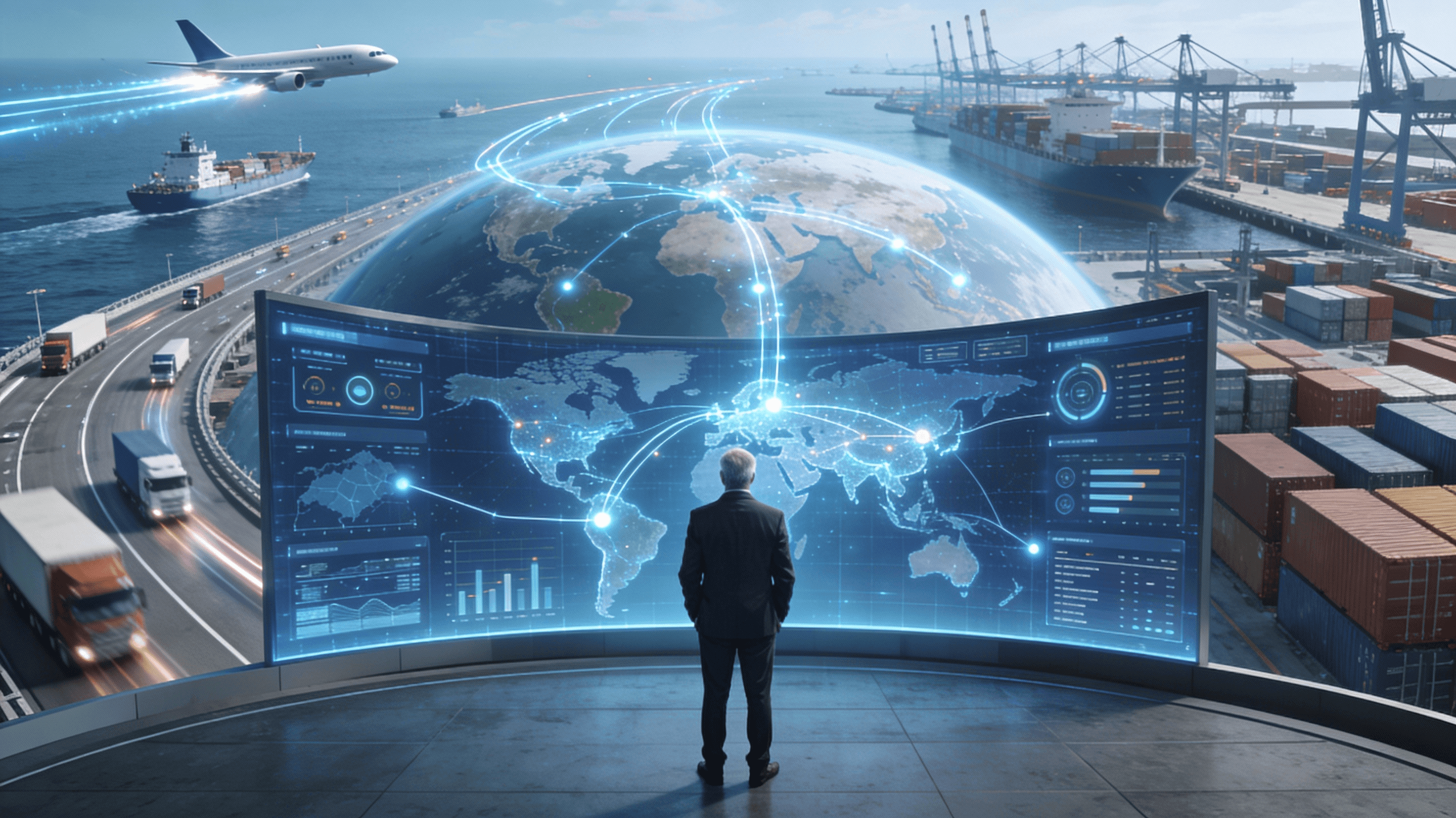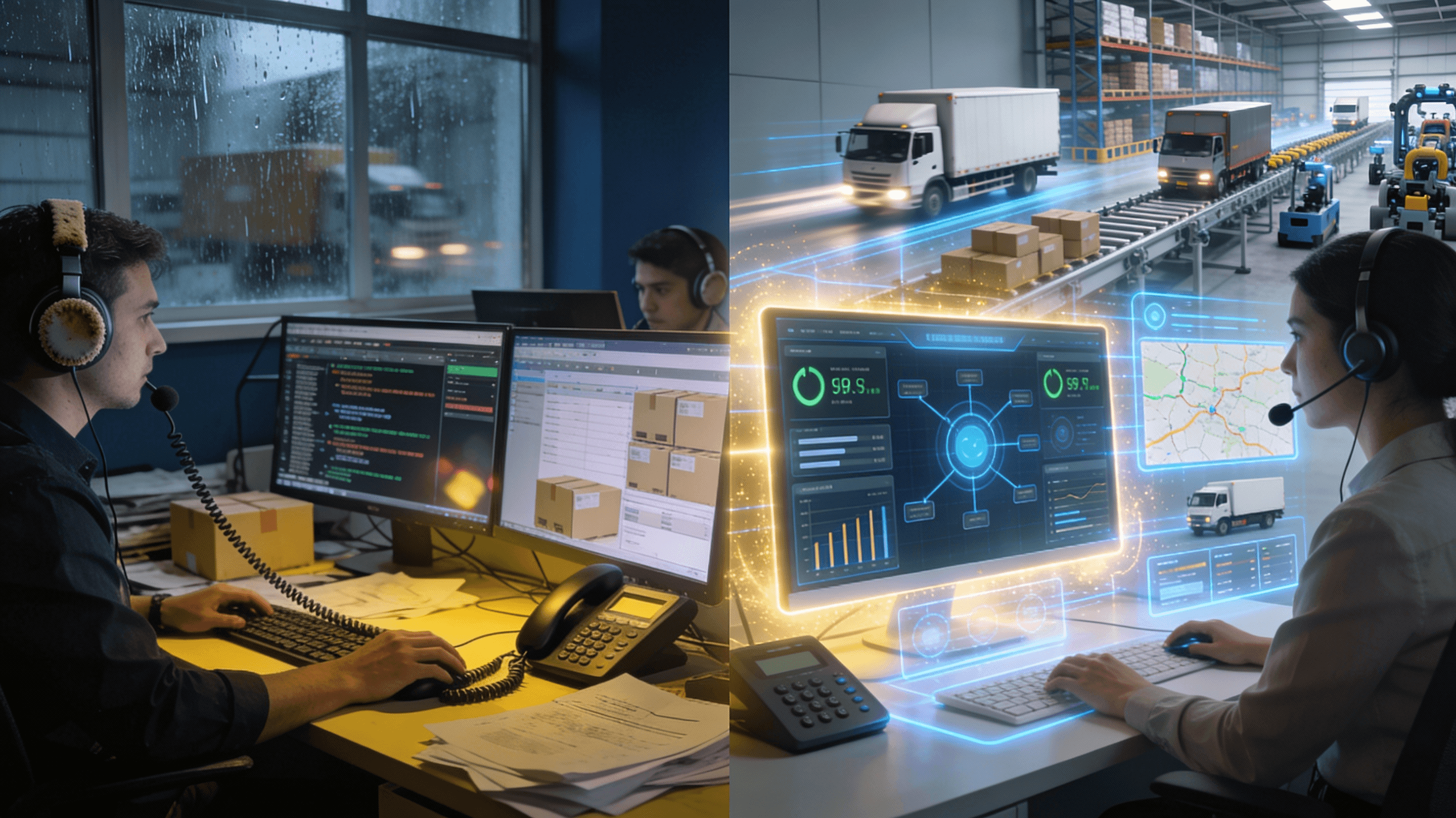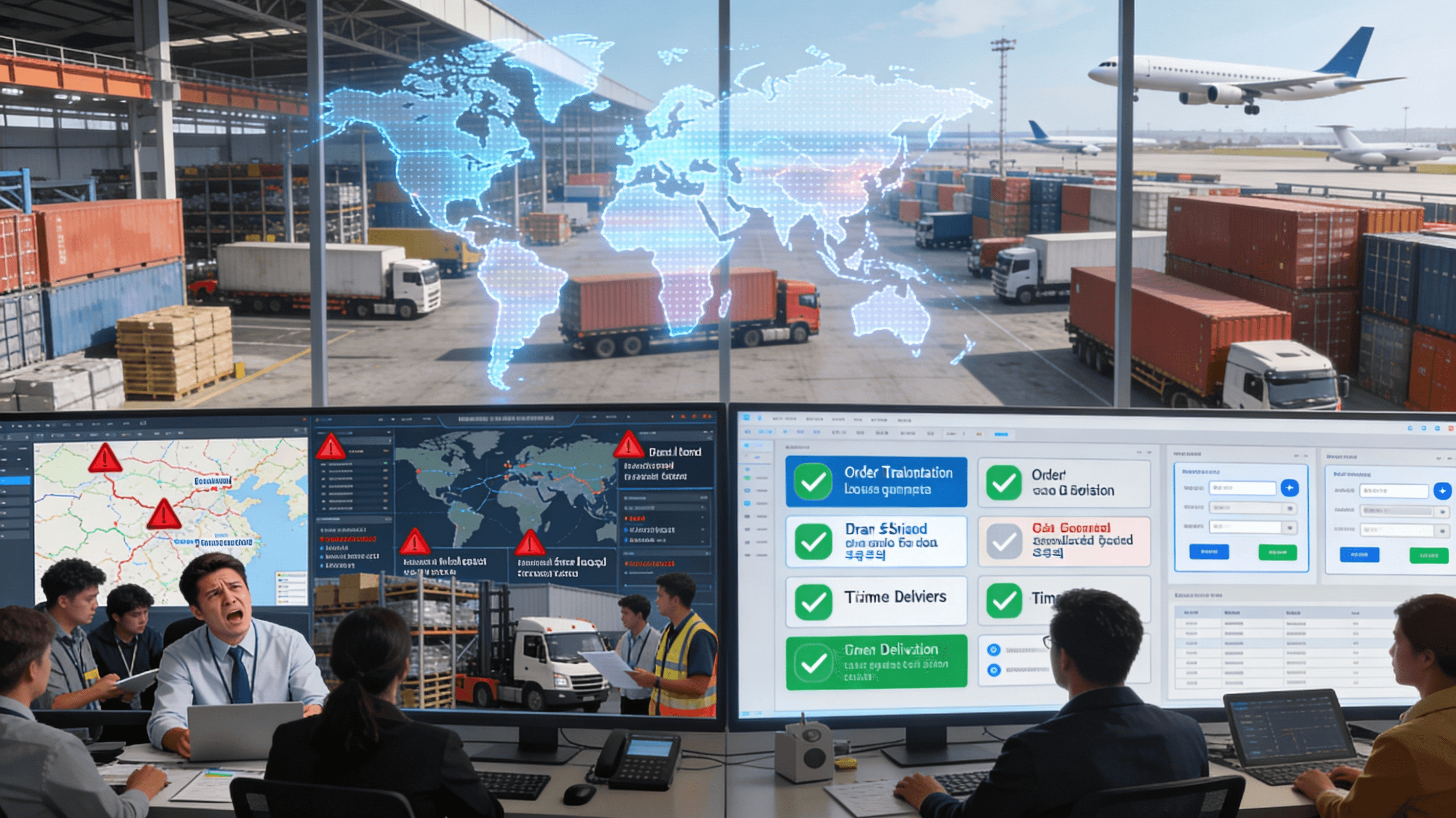AI-Powered Digital Twins for Logistics: Real-Time Supply Chain Optimization 2025
Thursday, 11 Sep 2025
|
Logistics in 2025 faces unprecedented complexity: surging e-commerce demand, volatile supply chains, and labor shortages. To stay competitive, many companies are embracing AI-powered digital twins. These are virtual replicas of supply chains and logistics operations updated in real-time to simulate, optimize, and predict outcomes without disrupting physical workflows.
Digital twins integrate data from IoT sensors, RFID tags, GPS trackers, and enterprise systems to continuously mirror actual operations. This allows logistics teams to anticipate disruptions, test "what-if" scenarios, and automate real-time optimizations in routing, inventory, and production.
Why Digital Twins Are Game-Changers
Unlike traditional tools limited to static data, digital twins offer dynamic, proactive supply chain management. Leading organizations consistently see:
- Up to 30% improvement in operational efficiency
- Around 20% reduction in total logistics costs
- Enhanced resilience by simulating risks like weather events, port closures, or supplier delays
For example, Vita Coco, the global coconut water brand, used a digital twin to optimize sourcing and distribution across dozens of factories and warehouses, unlocking millions in cost savings and improved planning reliability.
Digital twins also empower warehouses with layout optimization, predictive maintenance, and automated inventory tracking, driving faster order fulfilment and lower error rates.
Core Capabilities
- Real-time Synchronization & Optimization: Continuously adapt plans to changing traffic, demand, and supplier conditions.
- Scenario Testing: Safe “virtual pilots” to evaluate warehouse redesigns or alternative routing options.
- Autonomous Decision-Making: AI-driven execution of supply chain adjustments, from production scheduling to fleet routing.
Industry Examples & Broad Applications
Industry leaders like DHL leverage digital twins to simulate and stress-test supply networks, enabling them to build more resilient, sustainable operations. Shipping giant Maersk pilots digital twins for terminal flow optimization and predictive vessel maintenance, signaling growing adoption among traditional logistics providers.
For more on advanced AI applications enhancing logistics, explore how Generative AI in Logistics complements digital twins with creative problem-solving and autonomous planning capabilities. To understand risk management strategies, see Predictive Disruption Management, which uses AI forecasting to prevent costly supply chain interruptions.
Customer experience is also evolving with AI as shown in AI Customer Service Revolution, delivering 24/7 support fueled by live supply chain data. Warehouse automation is enriched by technologies like computer vision, detailed in Computer Vision in Warehouse Operations, driving smarter sorting and verification processes. For practical advice on scaling AI projects, review From Pilot to Production.
Your Next Step: Unlocking AI-Driven Logistics
Digital twins are no longer futuristic—they are essential for real-time operational excellence. Companies who embrace this technology now are achieving:
- Faster decision-making with predictive insights
- Lower operating costs and environmental impact
- Greater agility in a rapidly changing marketplace
Ready to transform your supply chain with AI-powered digital twins?
Book a demo with Debales.ai today to see how our solutions provide real-time visibility and autonomous control, helping you lead the smart logistics revolution.


